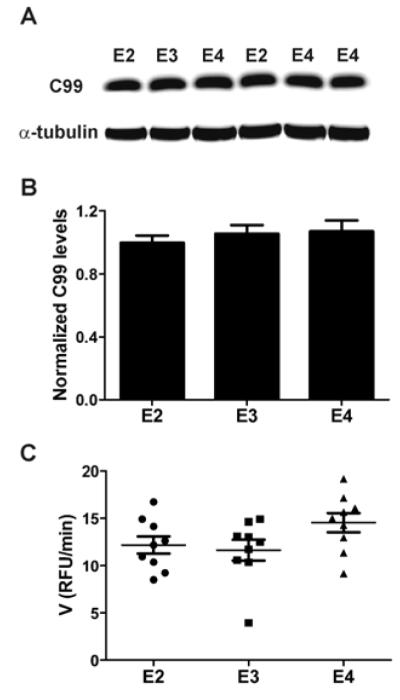Fig. 5. Amyloidogenic processing of APP does not vary according to human apoE isoform.

(A) Representative Western blot of the proximal amyloidogenic metabolite, C99, from hippocampal homogenates (extracted with RIPA buffer) from young, sex-matched PDAPP/TRE mice. C99 was detected using 82E1 antibody. All bands were normalized to α-tubulin band intensity (n=9 mice per group; 3 to 4 months old). (B) Quantification of C99 levels after normalizing each band’s intensity to α-tubulin band intensity. (C) Quantification of β-secretase activity in hippocampal homogenates from young PDAPP/TRE mice using a sensitive FRET assay. Homogenates were incubated with fluorescent APP substrate, resulting in β-cleavage that could be followed by fluorescence increase (emission, 585 nm). The interval over which kinetics were linear was used for quantification of reaction velocity [relative fluorescence units (RFU)/min] for each sample. One-way ANOVA revealed no significant differences among groups. Values represent means ± SEM.
